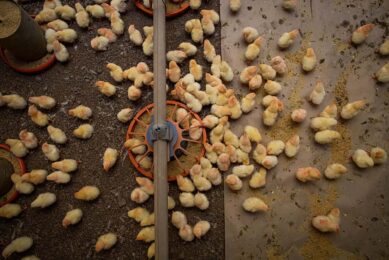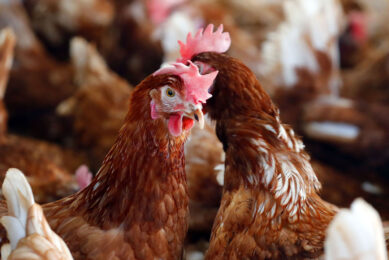Drinker line pressure settings simplified for drier litter
One of the leading reasons for wet litter in poultry houses is incorrect pressure settings. Keeping the litter dry in a friable state is necessary for achieving top rated production.
Misunderstandings about the causes of wet litter and lack of clear direction on the best way to manage litter conditions, make it difficult to achieve optimum results. Making management of litter conditions easy and understandable is a big step in improving performance.
To this end, Ziggity Systems has developed a set of protocols to help producers achieve maximum litter performance under the drinker lines.
By using these protocols, producers can avoid the ammonia releases caused by wet litter, as well as a host of other diseases including coccidiosis that can hurt production. Also footpad dermatitis can be reduced. Firstly, this benefits the welfare of the birds. Moreover it makes chicken feet suitable for export to countries like China.
For the first week of a chick’s life, the water pressure must be at an absolute minimum. Ziggity recommends settings as low as 1 inch (2.5 cm) of column height pressure.If after the first week, the litter under the drinkers is too wet, the pressure must be kept at the absolute minimum until the litter becomes dry under the lines.
Join 31,000+ subscribers
Subscribe to our newsletter to stay updated about all the need-to-know content in the poultry sector, three times a week. Beheer
Beheer








 WP Admin
WP Admin  Bewerk bericht
Bewerk bericht